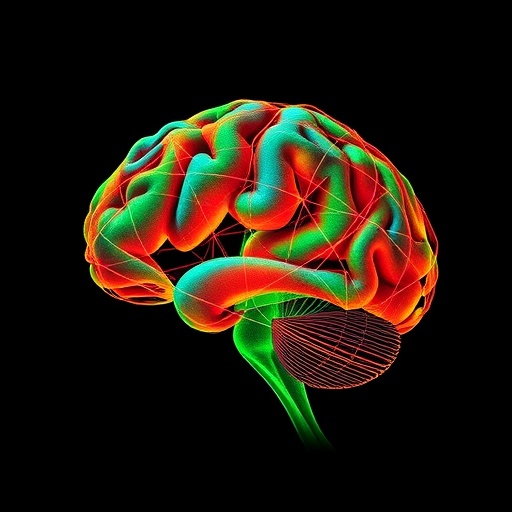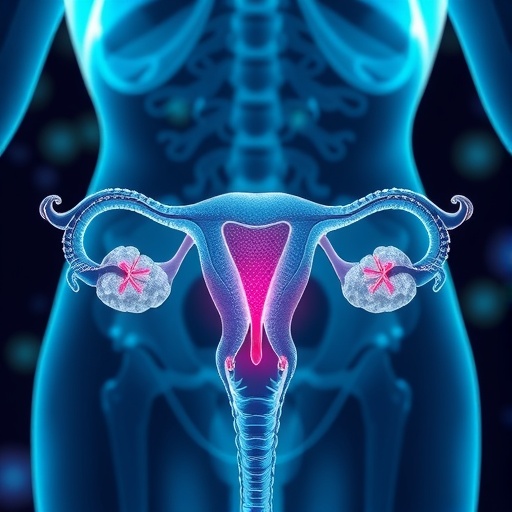Review highlights sex differences in health and disease

Credit: The Biodesign Institute at Arizona State University
Males and females share the vast majority of their genomes. Only a sprinkling of genes, located on the so-called X and Y sex chromosomes, differ between the sexes. Nevertheless, the activities of our genes–their expression in cells and tissues–generate profound distinctions between males and females.
Not only do the sexes differ in outward appearance, their differentially expressed genes strongly affect the risk, incidence, prevalence, severity and age-of-onset of many diseases, including cancer, autoimmune disorders, cardiovascular disease and neurological afflictions.
Researchers have observed sex-associated differences in gene expression across a range of tissues including liver, heart, and brain. Nevertheless, such tissue-specific sex differences remain poorly understood. Most traits that display variance between males and females appear to result from differences in the expression of autosomal genes common to both sexes, rather than through expression of sex chromosome genes or sex hormones.
A better understanding of these sex-associated disparities in the behavior of our genes could lead to improved diagnoses and treatments for a range of human illnesses.
In a new paper in the PERSPECTIVES section of the journal Science, Melissa Wilson reviews current research into patterns of sex differences in gene expression across the genome, and highlights sampling biases in the human populations included in such studies.
“One of the most striking things about this comprehensive study of sex differences,” Wilson said, “is that while aggregate differences span the genome and contribute to biases in human health, each individual gene varies tremendously between people.”
Wilson is a researcher in the Biodesign Center for Mechanisms in Evolution, the Center for Evolution and Medicine, and ASU’s School of Life Sciences.
A decade ago, an ambitious undertaking, known as the Genotype-Tissue Expression (GTEx) consortium began to investigate the effects DNA variation on gene expression across the range of human tissues. Recent findings, appearing in the Science issue under review, indicate that sex-linked disparities in gene expression are far more pervasive than once assumed, with more than a third of all genes displaying sex-biased expression in at least one tissue. (The new research highlighted in Wilson’s PERSPECTIVES piece describes gene regulatory differences between the sexes in every tissue under study.)
Sex-linked differences in gene expression are shared across mammals, though their relative roles in disease susceptibility remain speculative. Natural selection likely guided the development of many of these attributes. For example, the rise of placental mammals some 90 million years ago may have led to differences in immune function between males and females.
Such sex-based distinctions arising in the distant past have left their imprint on current mammals, including humans, expressed in higher rates of autoimmune disorders in females and increased cancer rates in males.
Despite their critical importance for understanding disease prevalence and severity, sex differences in gene expression have only recently received serious attention in the research community. Wilson and others suggest that much historical genetic research, using primarily white male subjects in mid-life, have yielded an incomplete picture.
Such studies often fail to account for sex differences in the design and analysis of experiments, rendering a distorted view of sex-based disease variance, often leading to one-size-fits-all approaches to diagnosis and treatment. The authors therefore advise researchers to be more careful about generalizations based on existing databases of genetic information, including GTEx.
A more holistic approach is emerging, as researchers investigate the full panoply of effects related to male and female gene expression across a broader range of human variation.
###
Media Contact
richard harth
[email protected]
Original Source
https:/
Related Journal Article
http://dx.




